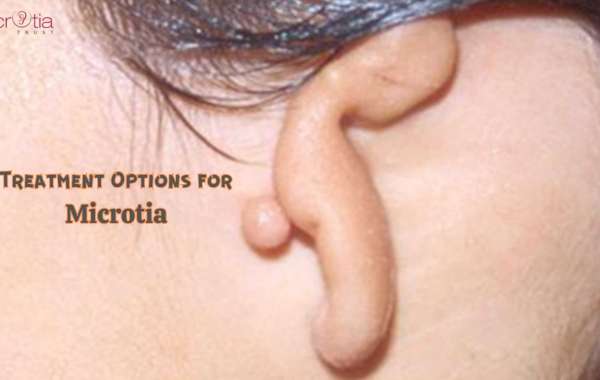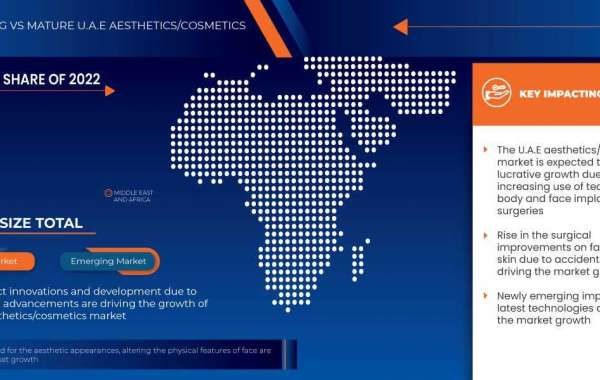This condition can affect one or both ears. The symptoms of microtia typically include an abnormally formed outer ear, a missing outer ear area, or an ear that is smaller than normal. Fortunately, there are treatment options available to address microtia and provide patients with the opportunity for a more normal appearance and improved functionality.
In this blog, we will explore two primary treatment approaches as well as the advantages of using rib cartilage for the surgery. The insights used to draft this blog have been shared by Dr. Parag Telang, renowned for performing successful ear reshaping surgery in Mumbai, India.
Primary Treatment Options for Microtia
- Ear Prosthesis
Ear prosthesis is a non-surgical option for addressing microtia. It is particularly suitable for individuals who may not be candidates for surgery or prefer a less invasive approach. There are two main types of ear prostheses:
Adhesive Retained Prosthesis: This method involves using special medical-grade adhesive to attach the prosthetic ear to the skin. It requires no surgery and is a reversible option.
Implant Retained Prosthesis: In this approach, a minor surgical procedure is required. The existing small or absent ear is surgically removed, and titanium implants with magnets and clips are placed to support the prosthetic ear. This option offers greater stability and is less likely to be displaced during physical activities.
- Surgical Reconstruction
Surgical reconstruction is another treatment option for microtia, aimed at creating a new ear for the patient. This approach is more involved and typically requires two surgeries, with the child undergoing general anesthesia for both procedures.
- First Surgery: During the initial procedure, the surgeon makes an incision on the patient's chest to access and harvest rib cartilage. This cartilage is then sculpted into three pieces, which will serve as the framework for the new ear. A skin pocket is created near the ear site to mimic the appearance of natural ear skin. The cartilage framework is placed beneath the scalp, and gentle suction helps shape the designed ear structure. This step ensures that the ear has a natural appearance and structure.
- Second Surgery: The second surgery involves lifting the newly created ear from the side of the patient's head and repositioning it to resemble a normal ear. Additional tissue flaps are used, and skin grafting is performed over the exposed cartilage. This procedure aims to give the ear a natural appearance and typically lasts around 3-4 hours.
Advantages of Ear Reconstruction Using Rib Cartilage
- Natural-Looking Results
Rib cartilage reconstruction delivers results that closely resemble a natural ear. In contrast, prosthetic ears are often made of silicone, which can change color over time, making them appear artificial.
- Durability
Prosthetic ears may require frequent removal or replacement, which can result in breakage. In contrast, ear reconstruction with rib cartilage provides permanent results with fewer complications. Some protective measures, like wearing helmets during physical activities, may be recommended initially.
- Low Maintenance
Unlike prosthetic ears, reconstructed ears do not require periodic visits to the surgeon for maintenance or replacement.
- Growth Potential
For growing children, ear reconstruction with rib cartilage is an excellent option. Cartilage is rich in growth factors, allowing the newly reconstructed ear to grow in size naturally with age. Prosthetic devices, on the other hand, may lead to complications and infections.
It is essential to consult with a qualified medical professional to determine the most suitable treatment approach based on individual needs and preferences. Thus, if one is looking for the best ear surgeon in India, one may consult with Dr. Parag Telang at The Microtia Trust.









